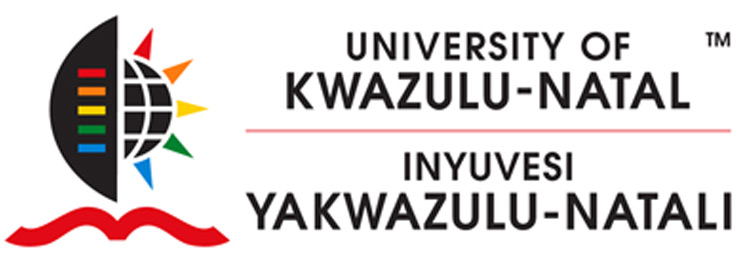UKZN’s Clinical Anatomy staff and postgraduate students were intrigued by a multi-sensory observation method known as Haptico-visual observation and drawing (HVO&D) presented at a two-day workshop by its developer, Mr Leonard Shapiro.
It facilitates closer observation and cognitive memorisation of three-dimensional objects such as anatomical parts which could yield improved results in research, teaching and learning in human anatomy. The workshop was organised by the University’s Optics and Imaging Centre (OIC) in collaboration with the Clinical Anatomy Discipline.
Shapiro is a seasoned drawing teacher and workshop facilitator, who teaches the HVOD method to health sciences students in the Department of Human Biology at the University of Cape Town, as well as abroad via Zoom. He also designs tailored exercises that address specific 3D spatial awareness needs in the study of anatomy as well as for clinical practice.
‘I was a drawing teacher for a long time,’ said Shapiro, adding that over time, he realised that he wasn’t merely teaching drawing, but observation. ‘It then occurred to me that Medical students could really benefit from observational classes.’
The benefits of observing using the HVOD method in anatomy include enhanced observation of the 3D form of anatomical parts, cognitive memorisation of anatomical parts as a 3D “mental picture”, improved spatial orientation within the volume of anatomical parts and the ability to draw.
Workshop attendees found this new method a fresh and fascinating way of looking at 3D objects. It challenged them to pay more attention to form, dimension and the overall sense of touching and feeling objects.
Clinical Anatomy Associate Professor, Lelika Lazarus, said the workshop provided a valuable engaging observation method to appreciate the intricacies and 3D spatial exploration of anatomical structures. It is a tool used within a supportive social learning environment and is also a lot of fun!’
OIC Head, Professor Thajasvarie (Anita) Naicker said that the workshop addressed capacity development of staff and students across the College and met one of the centre’s objectives. ‘Visualisation improves cognitive perception in anatomy and is of immense value to medical education. The staff and students really enjoyed the workshop,’ said Naicker who also thanked Dr Shoohana Singh for ensuring that it was a success.
Words and photographs: Lunga Memela






